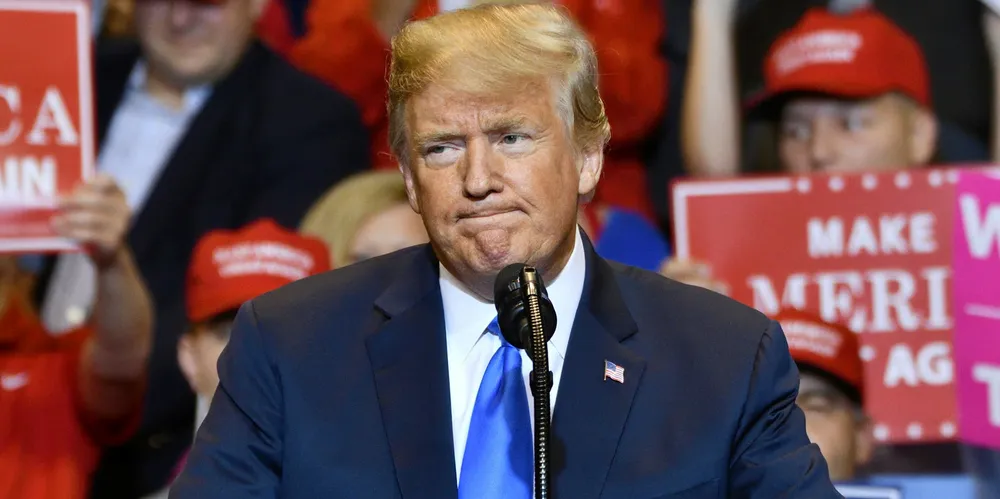How Donald Trump could carry out his threat against offshore wind
ANALYSIS | Would-be returning president and perennial wind opponent could derail even permitted projects through non-defence of lawsuits, warn experts

Offshore wind is driven by state demand for clean power especially in the Northeast where the majority of projects are located but occurs almost entirely in federal waters, where it falls under the jurisdiction of presidential cabinet-level departments.
Offshore energy regulator Bureau of Ocean Energy Management (BOEM) under the Department of Interior oversees the complex leasing and permitting processes that include multiple federal departments and agencies.
“If support for offshore wind were to wane or disappear, the federal permitting process would be slowed to a crawl and new lease sales would be likely be postponed,” said John Murray, senior research analyst in Clean Energy Technology for S&P Global Commodity Insights.
Biden boom
President Joe Biden’s administration has put particular emphasis on offshore wind amid larger climate and energy goals, setting targets of 30GW of capacity by 2030 and 15GW of floating wind by 2035.
Biden has ramped resources at BOEM and other agencies for offshore wind while starving the oil & gas side.
The regulator has approved six projects, including two – Orsted’s 132MW South Fork and Avangrid-CIP’s 800MW Vineyard Wind – that have already put steel in the water and are feeding power to the grid, with another 10 in process.
It’s not uncommon for new administrations “to pause most major rulemakings, just to make sure that they know what's going on,” he said.
“If there are rules in the pipeline to facilitate offshore wind projects, a future Trump administration may well put a timeout on those and look at them and decide if they want to scrap them,” he said.
“For projects that don't have their permits it's certainly possible they can be slowed down or even stopped, or at least face additional hurdles,” said Weiland.
Legal peril
Even projects that are permitted could be blocked through litigation.
Offshore wind opponents ranging from fisheries organisations, environmentalists, and fossil fuel-linked conservative groups, are suing the federal government over its project approvals, but not the developers directly.
Defence of the approvals falls to the Department of Justice (DoJ) rather than the developers, who are only involved as intervenors.
Under a Trump administration, the DoJ “could decide not to defend a challenged federal agency authorisation or decide to settle with the opposing party in a way that creates problems for the developer,” said Weiland.
If such a resolution seemed to be politically motivated, it could be appealed to a higher court, but any outcome would be highly dependent on the judge or judges to determine if it was “unjust”.
“If you had an anti-wind group say we are concerned about right whale impacts and the DoJ says to the court we want to look more at these impacts for more analysis,” he said. “The developer would obviously be unhappy with that, but it's possible the courts would say I'm not going to stand in the way of that.”
A second Trump administration could do “lasting damage to the energy transition,” warned Matt Krayton, head of New Jersey-based political consultancy Publitics.